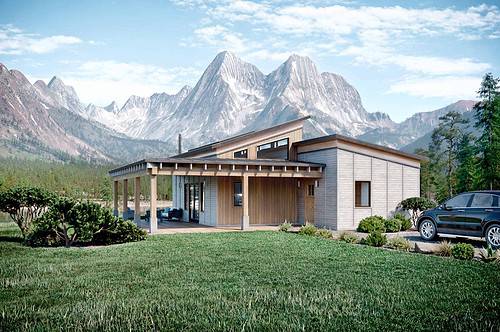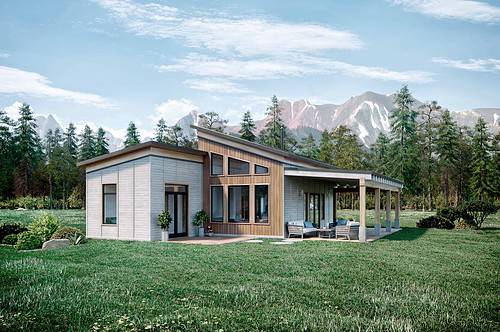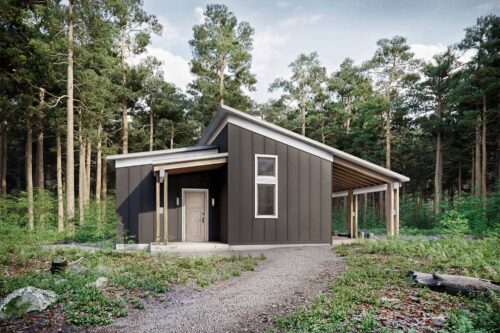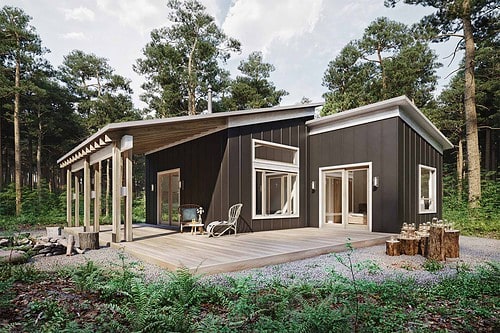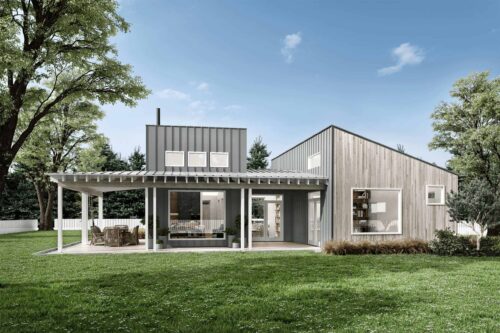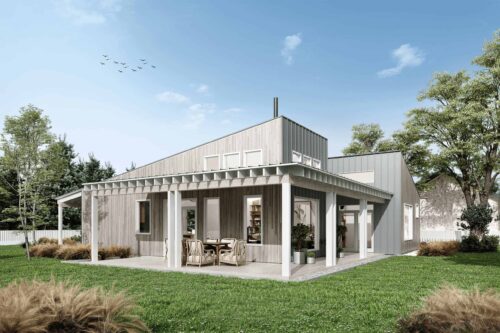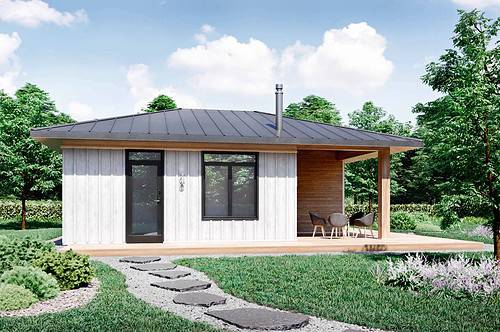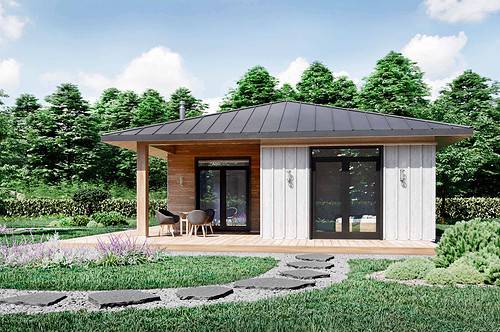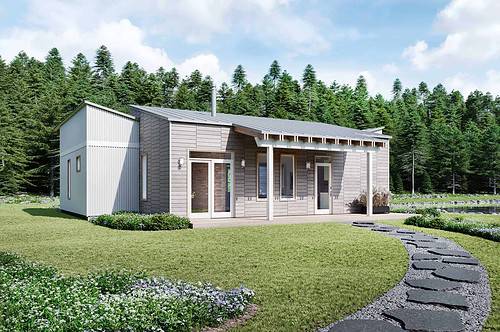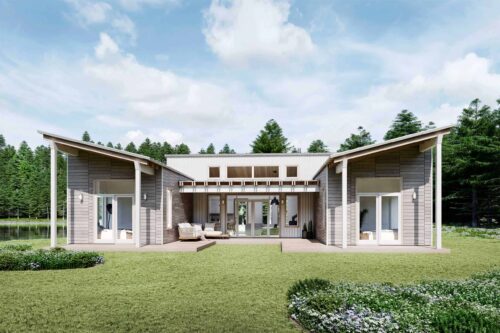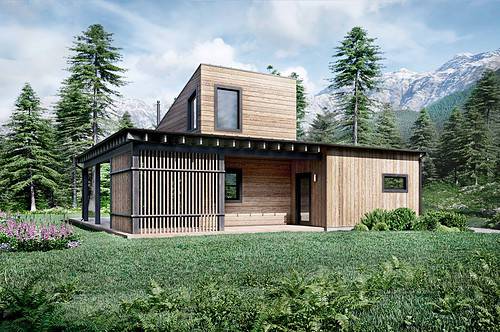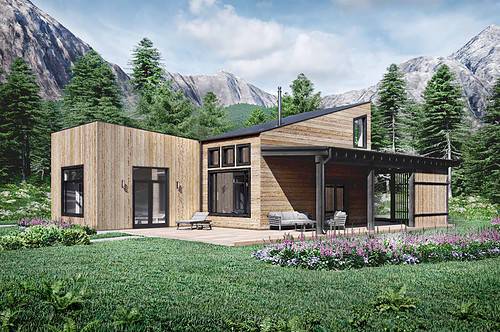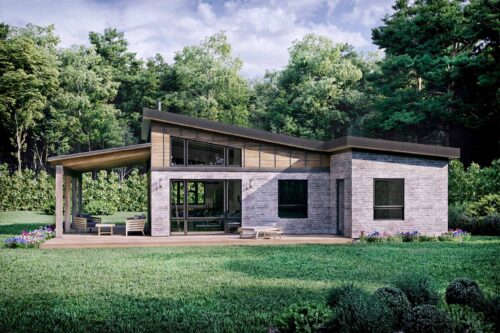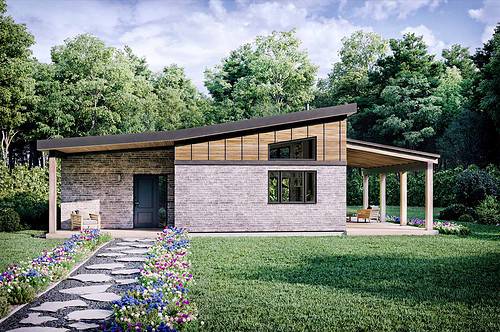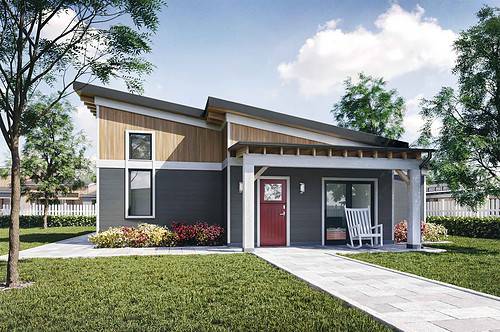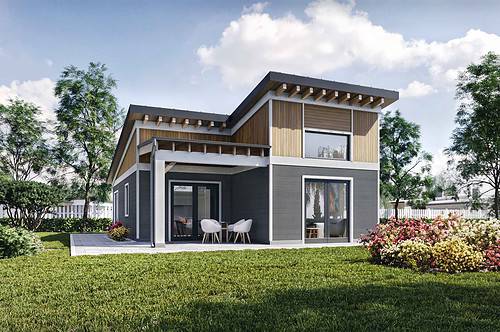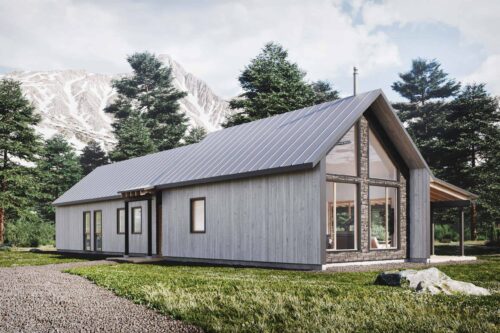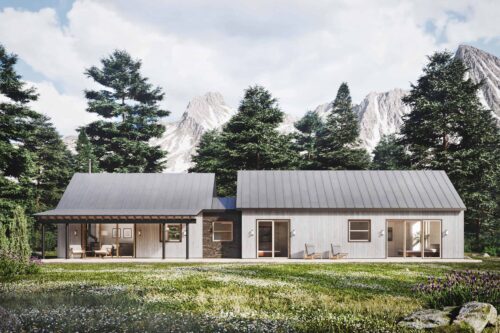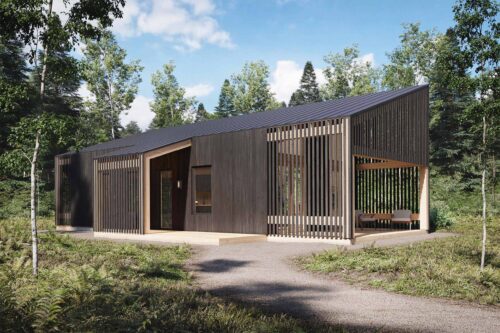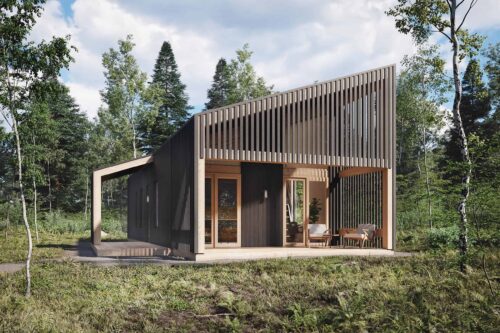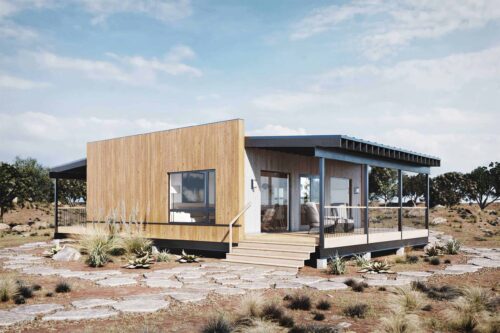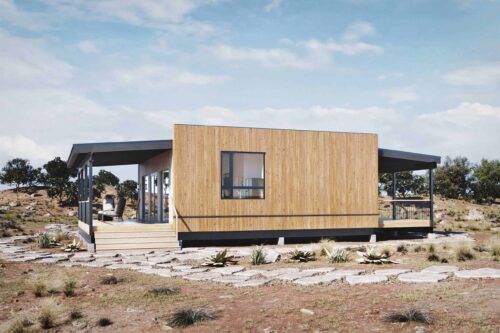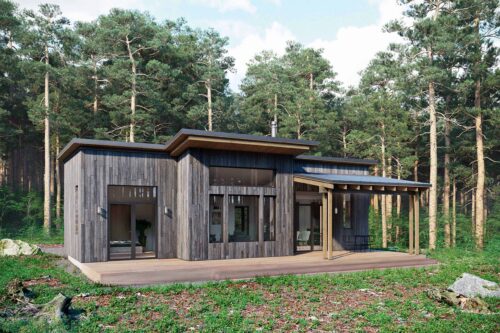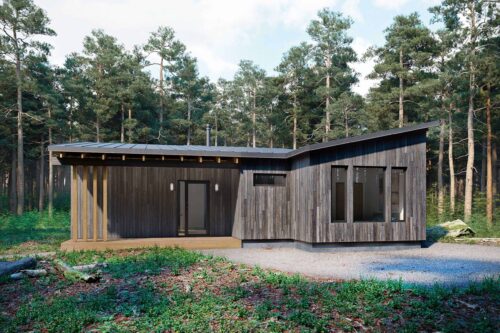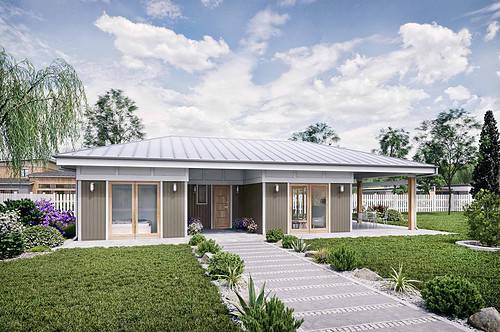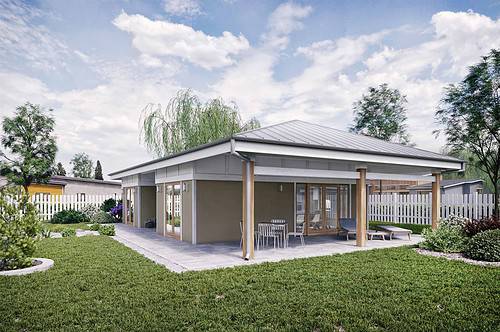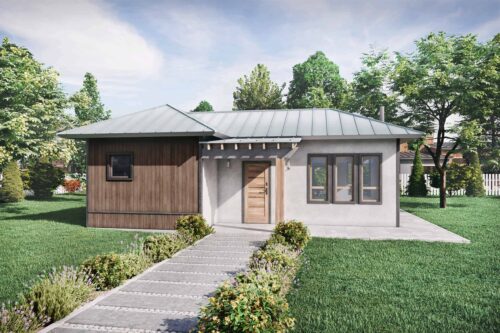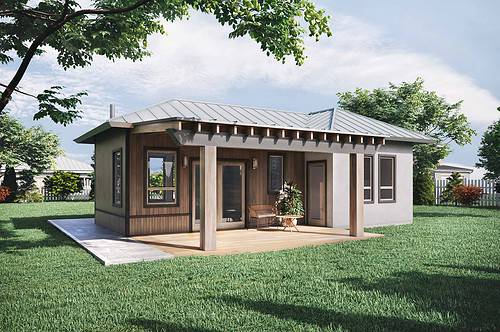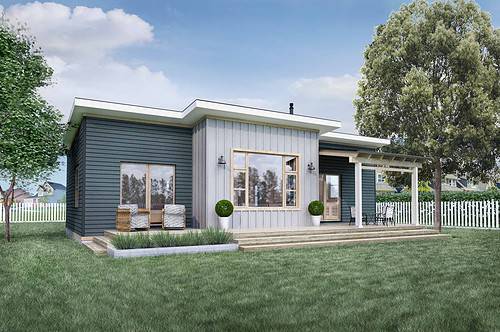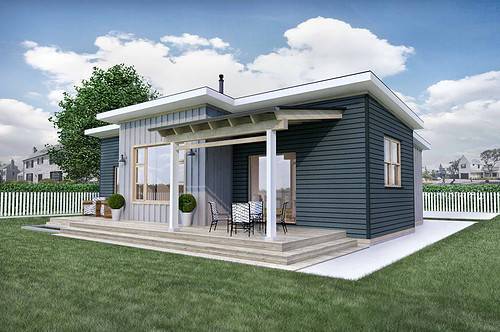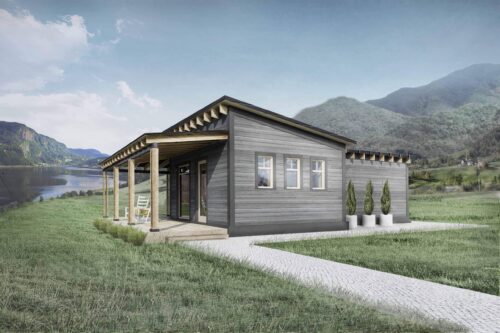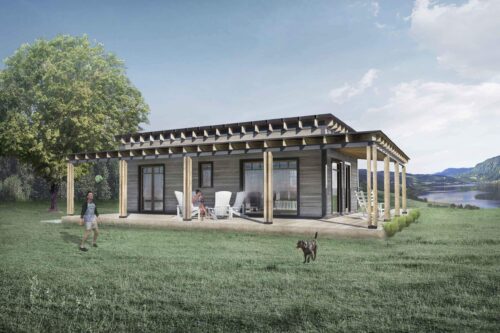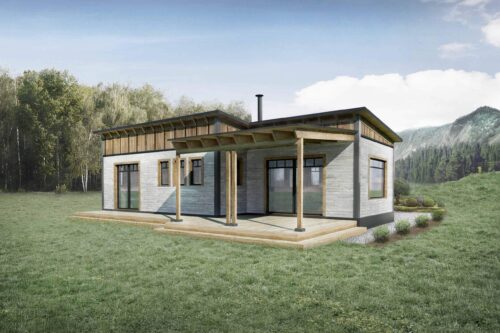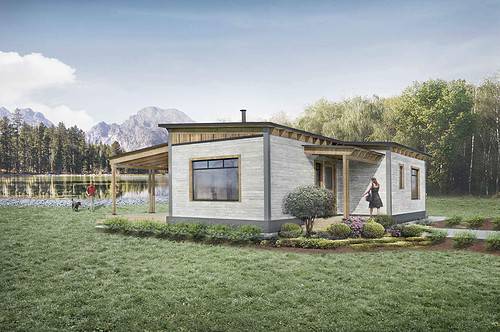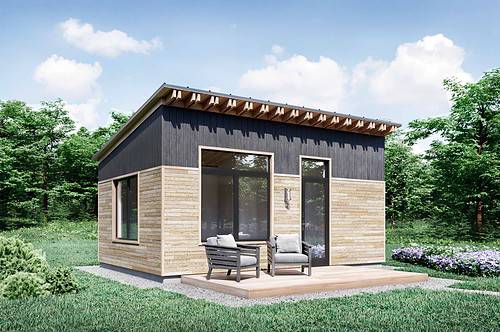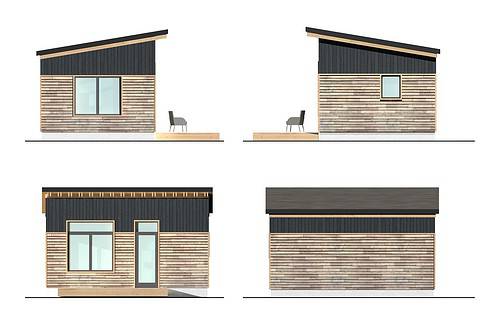No products in the cart.
1. Minimalist Contemporary Style
Minimalist contemporary style is a design trend that focuses on simplicity and clean lines. This style is characterized by a lack of clutter and a minimal use of decorative elements, resulting in a clean and uncluttered look.
Minimalist homes often use a monochromatic color scheme, with a focus on neutral shades such as white, grey, and black. This helps to create a cohesive and modern look, while also allowing for the use of pops of color through furniture and accessories. Natural materials, such as wood and stone, are also often incorporated into minimalist design to add warmth and texture.
One of the key features of minimalist contemporary homes is the use of negative space. This refers to the empty or unoccupied areas in a room, which helps to create a sense of openness and calm. This can be achieved through the use of large windows, open floor plans, and minimal furniture.
You can find some contemporary home styles in modern apartments and lofts, as well as newly built homes that incorporate minimalist design elements. Some key features to look for in a minimalist contemporary home include clean lines, a monochromatic color scheme, and the use of natural materials.
2. Industrial Contemporary Style
The industrial style is one of the popular contemporary home designs you’ll find around today. It’s characterized by its use of raw, unfinished materials such as concrete, metal, and wood. This style is inspired by warehouses, factories, and other industrial buildings, and aims to bring a touch of urban edge to the home.
This style differs from other in that it incorporates exposed pipes and ductwork in its design. These elements are often left uncovered, creating a raw and unfinished look. This can be achieved through the use of metallic or industrial-looking lighting fixtures, or by leaving the pipes and ducts exposed on the ceiling or walls. Other features you will find include exposed brick walls, metal beams and support columns, and concrete or unfinished wood flooring.
In addition to the use of industrial materials, this style also often incorporates a monochromatic color scheme, with a focus on neutral shades such as grey, black, and white. This helps to create a cohesive and modern look, while also allowing for the use of pops of color through furniture and accessories.
Examples of industrial contemporary homes include converted warehouses or loft spaces, as well as newly built homes that incorporate industrial design elements.
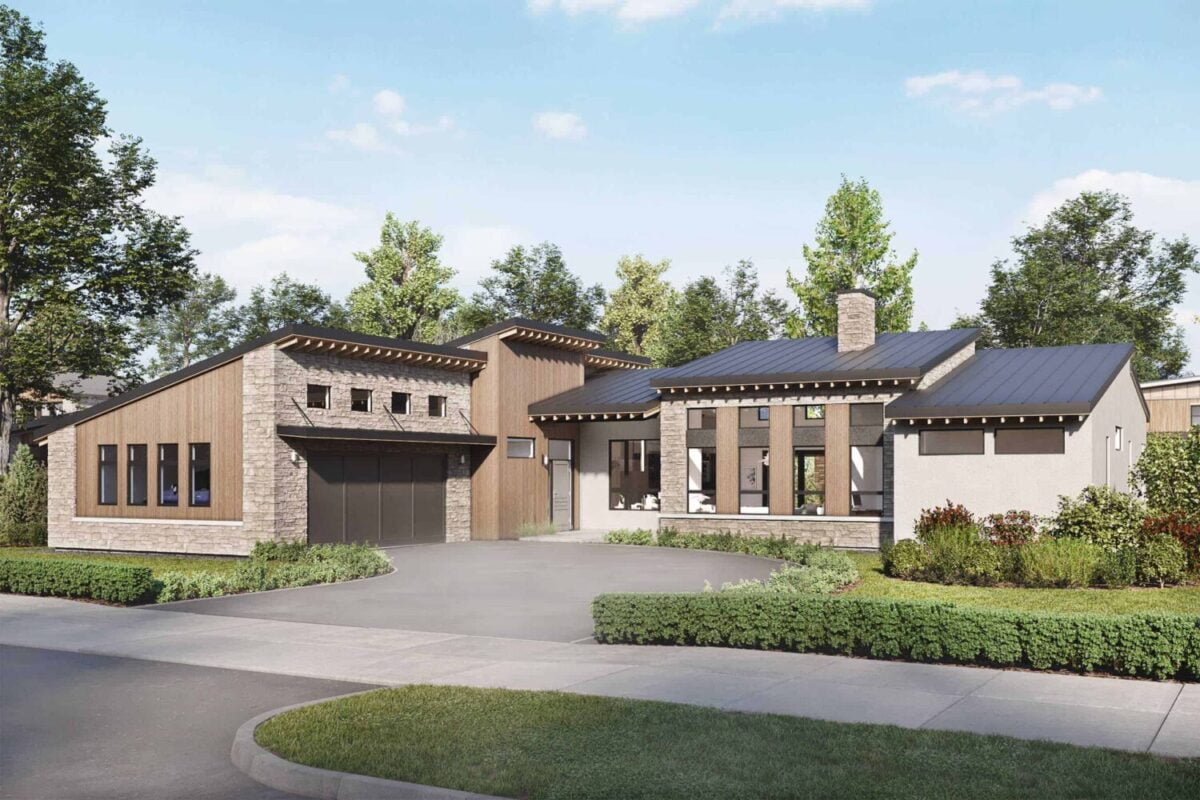
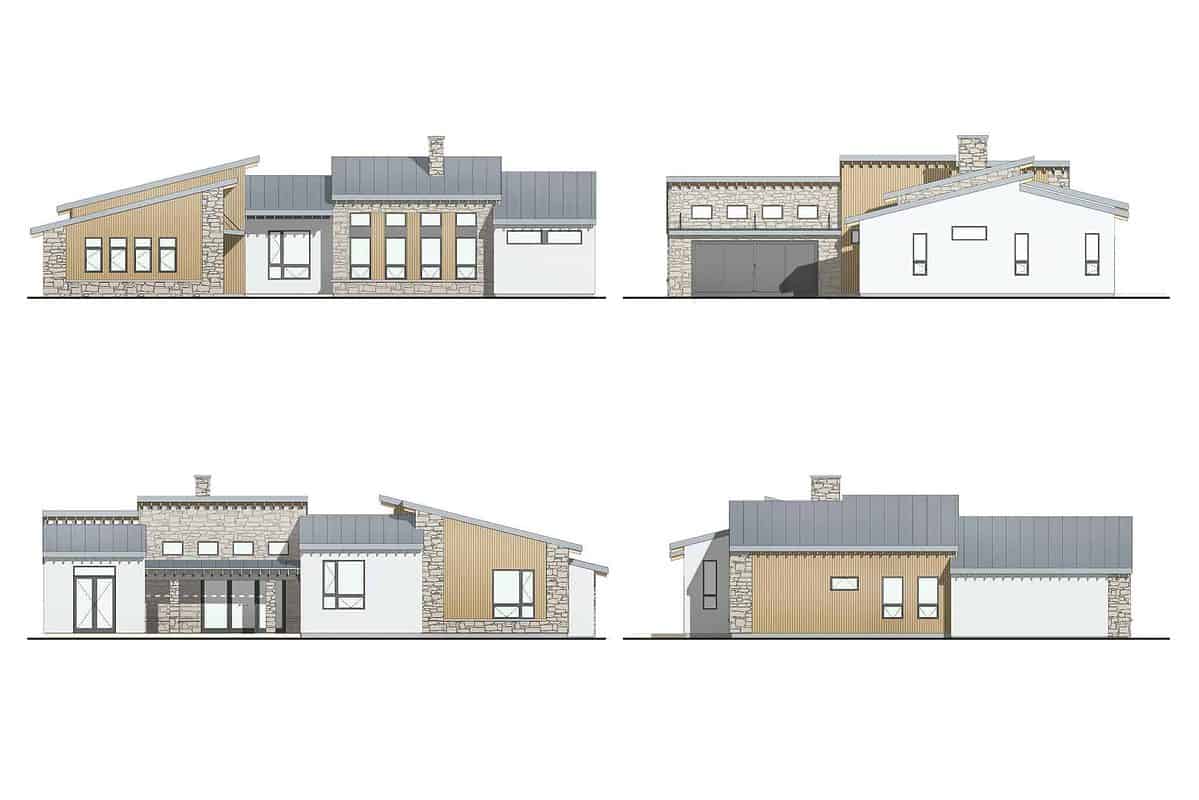
3. Mid-Century Modern Style
Mid-century modern is a style of architecture, furniture, and graphic design that originated in the mid-20th century (1933-1965). It is characterized by its focus on functionality and simplicity, and its use of clean lines and organic shapes.
In contemporary home design, mid-century modern style is characterized by the incorporation of design elements from the 1950s and 60s. This can include the use of bold, geometric patterns, as well as the incorporation of retro furniture and lighting fixtures.
The color palette for mid-century modern homes is often inspired by nature, with a focus on earthy shades such as greens, browns, and blues. Natural materials, such as wood and stone, are also commonly used to create a warm and inviting atmosphere.
Some examples of this variation of contemporary home styles include renovated homes from the mid-20th century, as well as newly built homes that incorporate mid-century modern design elements. You can easily identify this type of building style by their bold patterns, retro furniture, and the use of natural materials.
4. Eco-friendly Contemporary Style
An eco-friendly contemporary style is a design trend that focuses on the use of sustainable and renewable materials and energy-efficient features. This style aims to create a living space that is both environmentally friendly and comfortable to live in.
In sustainable contemporary design, natural materials such as wood, stone, and bamboo are often used to create a warm and inviting atmosphere. Energy-efficient features, such as LED lighting and Energy Star-rated appliances, are also incorporated to reduce the home’s carbon footprint and energy costs.
One of the main distinguishing traits of sustainable contemporary home designs is the incorporation of natural light and vegetation. Large windows and skylights are used to bring in natural light, while indoor plants help to purify the air and add a touch of greenery to the space.
There are certain characteristics that define this architectural style. Some of these include the use of natural materials, energy-efficient features, and the incorporation of natural light and vegetation. This will include renovated homes that have been updated with eco-friendly materials and features, as well as newly built homes that are designed with sustainability in mind.
5. Eclectic Contemporary Style
This style involves the blending of various design elements and styles. This style is characterized by its use of bold colors and patterns, and its incorporation of unique and unexpected pieces.
In eclectic contemporary design, there are no hard and fast rules. The key is to mix and match different elements in a way that creates a cohesive and interesting look. This can include the use of bold colors and patterns, as well as the incorporation of vintage and antique pieces.
You’ll find that eclectic contemporary home styles feature the use of unexpected elements. This can include the incorporation of unusual artwork or decor, as well as the use of unexpected materials in the home’s construction or design.
Some key features to look for in an eclectic contemporary home include bold colors and patterns, unique decor and artwork, and the incorporation of vintage and antique pieces.



